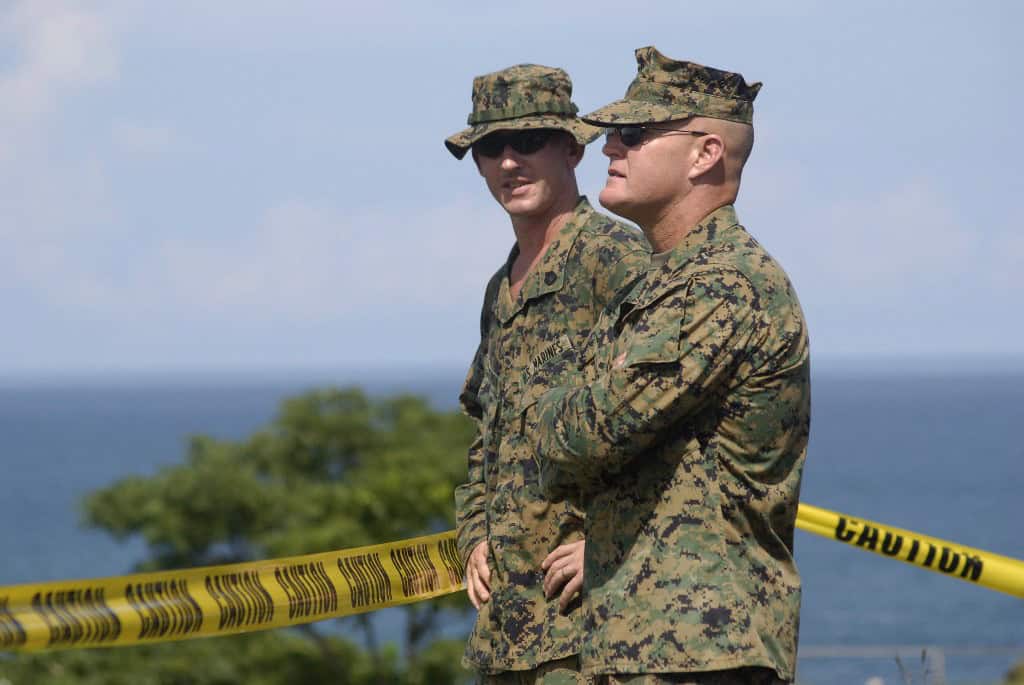US Marines plan to join forces with Panamanian security teams for a joint exercise in the country’s thick jungle next month. The move comes as relations between Washington and Caracas heat up, with American ships patrolling the nearby Caribbean waters.
Panama’s public security ministry shared details about the upcoming training, set for October 9 through 29. Around 50 Marines will fly in on a US transport plane to work side by side with local police, border guards, and coast guard units. Panama disbanded its army years ago, relying instead on these groups to handle defense and law enforcement.
The goal, according to the ministry, centers on building better teamwork, sharpening skills, and bolstering safety across the region in tough terrain like the jungle. Officials described it as a way to prepare for real-world challenges in one of the planet’s harshest spots.
This announcement lands at a tense moment. Venezuela sits about 500 nautical miles east of Panama along the Caribbean coast, and worries grow over possible US actions there. President Donald Trump has ramped up military presence in the southern Caribbean, framing it as a push against drug smuggling. Yet many see it as added pressure on Venezuelan leader Nicolas Maduro, whom Trump has long opposed.
In recent weeks, the US has positioned eight warships and a nuclear-powered submarine in the area. Forces have targeted at least three boats suspected of carrying drugs, resulting in 14 deaths. Trump also dispatched 10 F-35 fighter jets to Puerto Rico, a US territory north of Venezuela. This marks the largest US naval gathering in the region since the 1989 invasion of Panama.
That 1989 operation, which ousted General Manuel Noriega, left deep scars in Panama with hundreds of civilian losses. US troops pulled out fully by 1999, turning over the Panama Canal as part of a treaty. The canal remains a key global trade route, handling massive cargo volumes between the Atlantic and Pacific.
Trump, back in the White House this year, has pushed to expand US sway over the waterway. In April, Panama agreed to let American forces use several bases near the canal for operations. But leaders in Panama City made clear they won’t allow a lasting US military setup.
The current buildup echoes broader frictions. US officials claim Venezuelan groups, including the Tren de Aragua gang, send drugs and people north, harming American communities. Maduro calls these moves aggressive and illegal, accusing Washington of eyeing Venezuela’s oil and gas. He responded with large-scale military exercises, involving thousands of troops and a dozen ships, to show readiness.
From here in Costa Rica, the situation raises questions for Central America. Stronger ties between the US and Panama could help with shared issues like migration and crime, but escalating conflict nearby might spill over, affecting trade and stability. Local leaders watch closely, hoping talks ease the strain before it worsens.
For now, the Marine exercise stays focused on training, not combat. But with ships on the horizon and jets in the air, the region feels the weight of old rivalries playing out anew.

